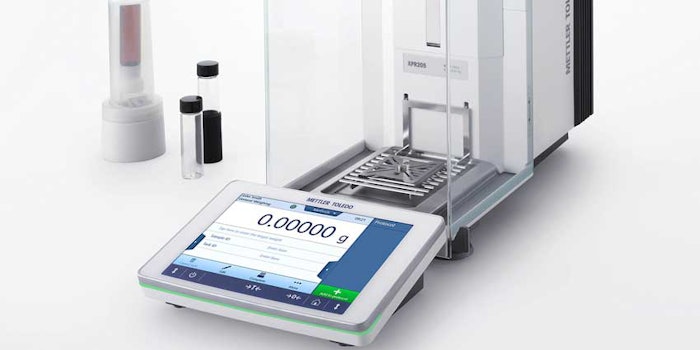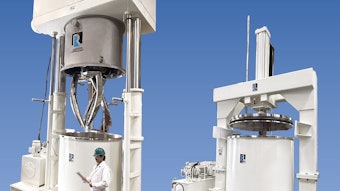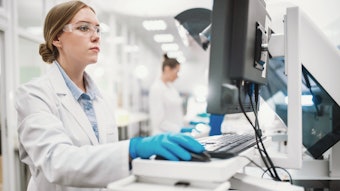
Mettler Toledo’s XPR Automatic Balance, which incorporates active machine learning, uses powder weighing to deliver accuracy, safety and ease-of-use for higher throughput and the handling smaller sample sizes.
Related: ROSS Manufactures Inline High Shear Mixers for Dispersion and More
Safety when weighing potentially toxic or active substances while not sacrificing accuracy and speed is important for formulating, especially for the chemical, pharmaceutical and biotechnology industries. The XPR Automatic Balance is designed to reduce exposure risk while ensuring precision and enhanced throughput required by modern workflows.
XPR Automatic supports accuracy, repeatability and safety by dosing from an enclosed head into target vials or capsules with openings as small as 6 mm in diameter. Afterward, the machine uses live feedback to learn a substance’s flow characteristics and improve dispensing efficiency in real-time. This can be particularly effective when combined with a sample changer that can process as many as 30 samples in one automated run.
According to the company, direct dosing reduces the kind of airborne exposure risk to lungs and eyes that spatula use represents. Spill risk is also reduced, as is the need to repeatedly open the balance door and transfer compounds from the main container into a secondary container. The dimensions of the XPR Automatic Balance mean it can be operated with ease inside a glove box or safety enclosure, further enhancing containment.
Additionally, the balance allows manual operation. When combined with automated liquid dosing, precise concentrations are reportedly delivered each time because the solvent is added automatically based on the actual weight of weighed-in solids. This means manual powder dosing can be approximate, eliminating time-consuming scooping in or out to meet targets. Moreover, sample sizes can be reduced up to 30% to save up to 75% of expensive or rare samples and further decreasing exposure potential.
All of the above benefits aim to help reduce exposure and contamination risk while increasing lab safety and maintaining efficiency and accuracy goals.










